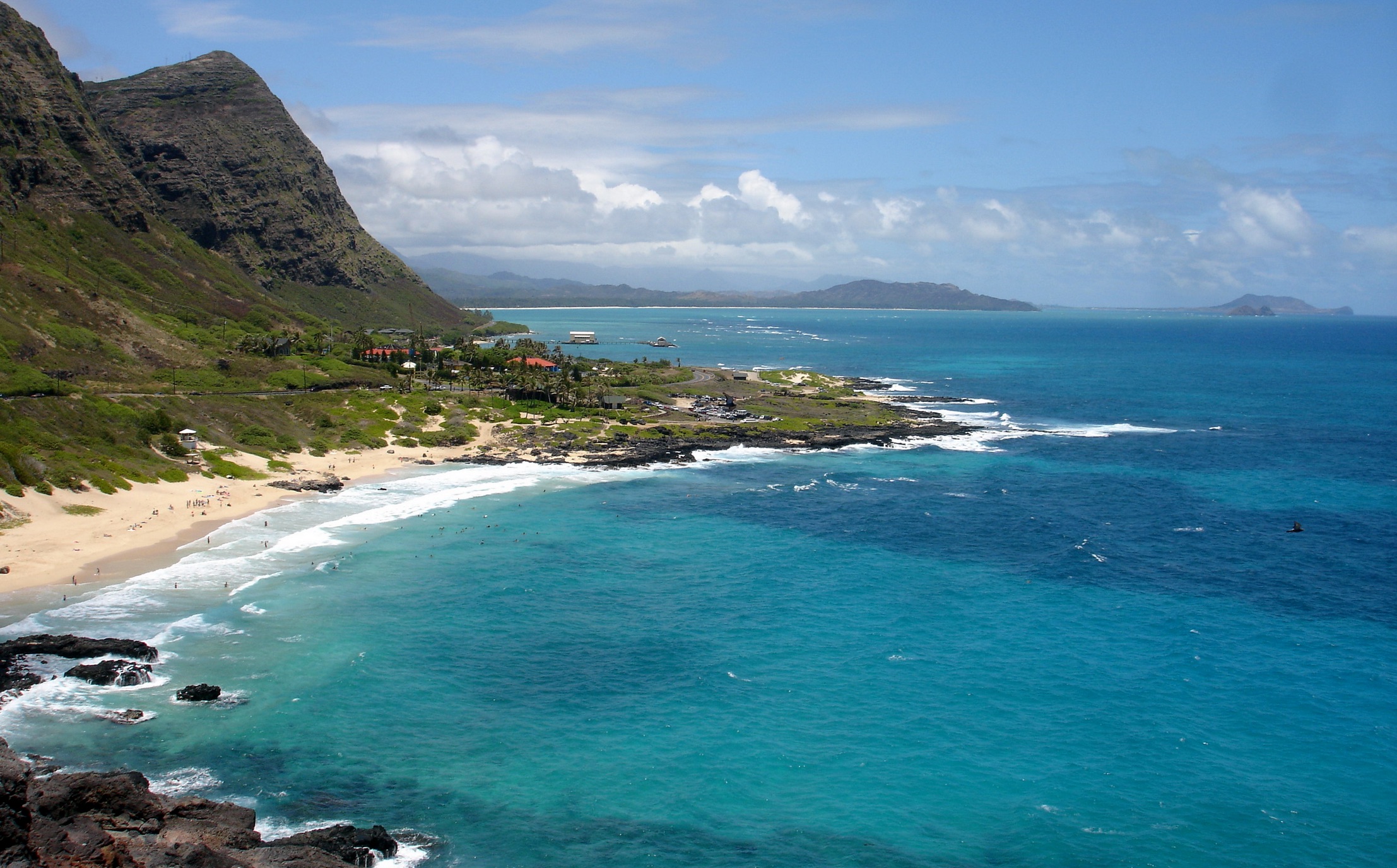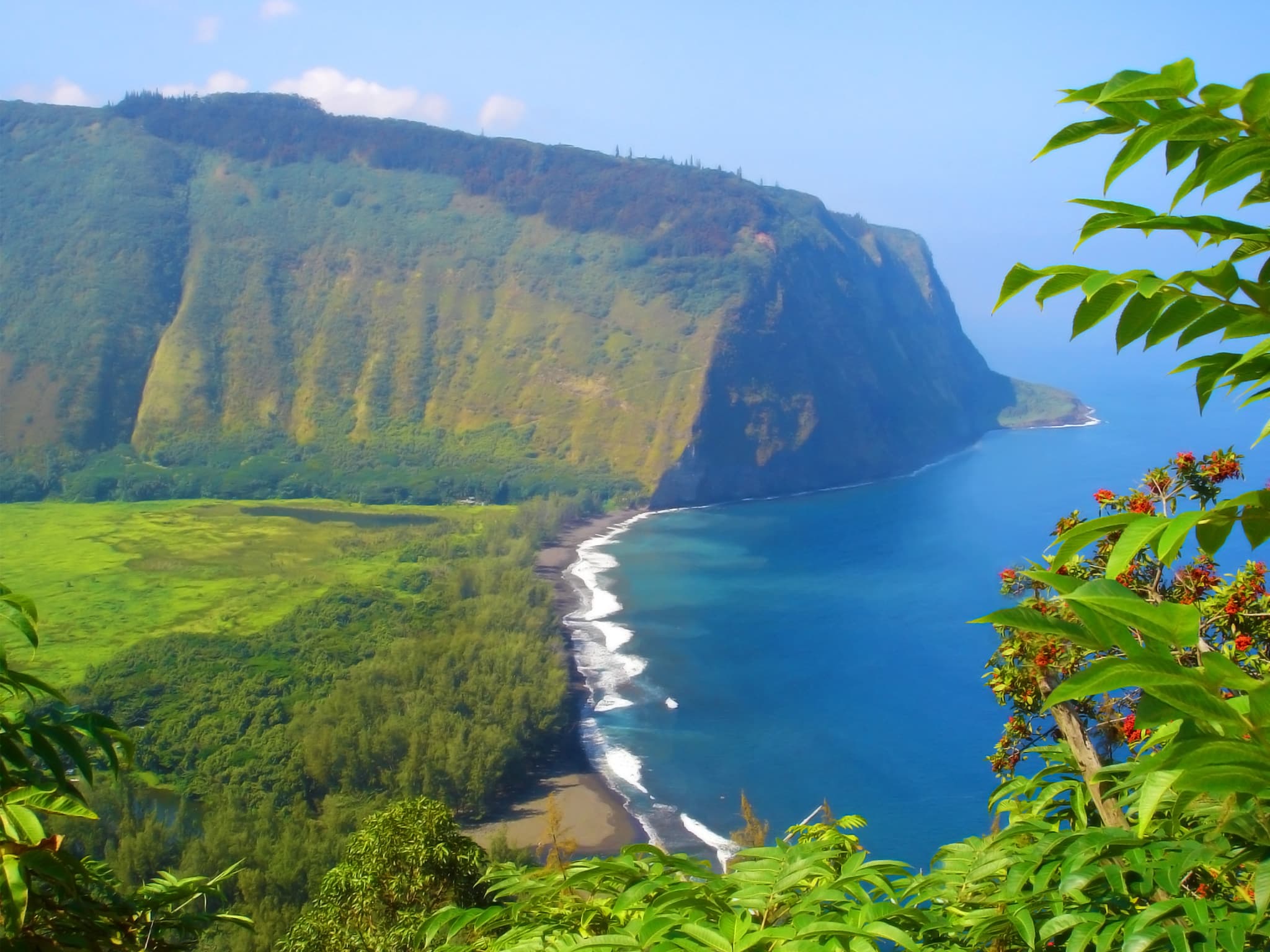Kona Coffee: Kona Hawaii

Kona coffee, a globally renowned beverage, is more than just a drink; it’s a symbol of Hawaii’s rich agricultural heritage. Grown on the slopes of the Kohala and Mauna Loa volcanoes on the Big Island of Hawaii, Kona coffee is a testament to the island’s unique terroir and the dedication of its farmers.
The History of Kona Coffee
Kona coffee’s history is intertwined with the history of Hawaii itself. The first coffee plants were introduced to the island in the 1820s by King Kamehameha III, who saw the potential of coffee as a valuable export crop. The early coffee plantations were small and labor-intensive, but the quality of the beans quickly gained a reputation for excellence.
By the late 19th century, Kona coffee had become a major industry, with hundreds of small farms dotting the slopes of the volcanoes. However, the industry faced challenges in the early 20th century, including the decline in demand for Hawaiian coffee due to the rise of cheaper coffee from other countries.
Despite these challenges, Kona coffee producers persevered, and the coffee’s reputation for quality and unique flavor continued to grow. Today, Kona coffee is considered one of the world’s finest coffees, with a loyal following of connoisseurs who appreciate its distinctive taste and aroma.
Varieties of Kona Coffee
Kona coffee is primarily grown from the Arabica species, with several varieties contributing to its unique flavor profile.
- Typica: This variety is known for its sweet, floral, and citrusy notes, often with hints of chocolate and caramel.
- Bourbon: This variety is characterized by its full-bodied flavor with notes of chocolate, nuts, and berries.
- Caturra: This variety is known for its high acidity and bright, fruity flavors, often with hints of cherry and lemon.
- Geisha: This rare and highly sought-after variety is known for its delicate floral and citrus notes, with a sweet and complex finish.
Growing, Harvesting, and Roasting Kona Coffee
Kona coffee beans are grown in a unique microclimate, with rich volcanic soil, abundant rainfall, and cool temperatures. This combination of factors contributes to the coffee’s distinct flavor and aroma.
- Growing: Kona coffee is grown under shade trees, which protect the coffee plants from the harsh sun and help to regulate the temperature and humidity. The trees are typically pruned to encourage the growth of strong, healthy branches that produce high-quality beans.
- Harvesting: Kona coffee beans are harvested by hand, a labor-intensive process that ensures only the ripest cherries are selected. The cherries are then processed to remove the pulp and parchment, leaving the green beans ready for roasting.
- Roasting: Kona coffee beans are roasted at a lower temperature than other coffee beans, which helps to preserve their delicate flavor and aroma. The roasting process is a delicate art, and experienced roasters can control the roast profile to achieve the desired flavor and aroma.
Kona Coffee Farms and Specialty Offerings
Kona coffee farms are known for their dedication to quality and sustainability. Many farms offer unique specialty offerings, such as single-origin coffees, estate-grown beans, and limited-edition blends.
| Farm | Specialty Offering | Description |
|---|---|---|
| Kona Coffee Belt | Estate-grown Kona coffee | Beans grown and processed on the same farm, ensuring consistency and quality. |
| Holualoa Coffee Company | Single-origin Kona coffee | Coffee beans from a specific farm or region, highlighting the unique terroir of the area. |
| Hawaiian Volcano Estate Coffee | Limited-edition blend | A unique blend of Kona coffee beans with other specialty coffees, offering a complex and balanced flavor profile. |
Exploring Kona’s Natural Beauty

Kona, Hawaii, is a paradise of volcanic landscapes, lush rainforests, and breathtaking coastlines. This island gem offers a plethora of opportunities to connect with nature, from hiking through ancient lava flows to snorkeling in crystal-clear waters. So, ditch the city life and prepare to be amazed by the raw beauty of Kona.
Kona’s Diverse Landscapes
Kona’s landscapes are as varied as they are stunning. The island’s volcanic origins are evident in the rugged slopes of Mauna Loa and Mauna Kea, the world’s largest and tallest volcanoes, respectively. These majestic mountains rise dramatically from the ocean, creating a breathtaking backdrop for the entire region. As you travel down the slopes, the landscape transforms into lush rainforests teeming with vibrant flora and fauna. The coastlines are equally impressive, with white sand beaches, volcanic black sand shores, and dramatic cliffs overlooking the azure Pacific. This diversity of landscapes makes Kona a haven for nature lovers and adventurers alike.
Experiencing Kona’s Natural Beauty
Kona offers a plethora of places to immerse yourself in its natural splendor.
Kealakekua Bay
Kealakekua Bay is a must-visit destination for anyone seeking a glimpse of Kona’s pristine beauty. This historic bay is known for its calm waters, perfect for swimming, snorkeling, and kayaking. It was also the site of Captain James Cook’s first landing in Hawaii in 1778. You can explore the bay by boat, kayak, or even stand-up paddleboard, and witness the vibrant marine life that calls this area home. Keep an eye out for playful dolphins, graceful sea turtles, and colorful fish that flit through the coral reefs. The bay is also home to the Captain Cook Monument, a reminder of the island’s rich history.
Pu’uhonua o Honaunau National Historical Park
For a journey back in time, head to Pu’uhonua o Honaunau National Historical Park. This ancient Hawaiian place of refuge was a sanctuary for those who broke the law or were in need of protection. Explore the archaeological sites, including the Great Wall, the heiau (temple), and the ancient fishponds. This park is a testament to the resilience and ingenuity of the Hawaiian people, offering a glimpse into their history and culture.
Mauna Kea Observatories
For an experience that’s truly out of this world, venture to the summit of Mauna Kea. This dormant volcano is home to the world’s largest astronomical observatory, with thirteen telescopes representing different countries. While the journey to the summit is a challenging one, the views are truly awe-inspiring. At night, the skies above Mauna Kea are some of the darkest and clearest in the world, offering unparalleled stargazing opportunities. You can take a guided tour to learn about the telescopes and the science behind them, or simply marvel at the vastness of the universe.
Activities in Kona
Kona’s natural beauty provides endless opportunities for adventure and relaxation.
Snorkeling and Diving
The clear waters off Kona’s coast are teeming with marine life, making it a paradise for snorkeling and diving. Explore the vibrant coral reefs, encounter playful sea turtles, and observe colorful fish darting through the kelp forests. Whether you’re a seasoned diver or a first-time snorkeler, Kona offers something for everyone. The waters around Kealakekua Bay, Honokohau Harbor, and the Kona Coast are particularly renowned for their marine diversity.
Hiking
Kona’s volcanic landscape provides a playground for hikers of all levels. Explore the rugged trails that wind through lava fields, rainforests, and coastal areas. Popular hiking destinations include the Kealakekua Bay Trail, the Pu’uhonua o Honaunau Trail, and the Mauna Kea Access Road. For a truly challenging adventure, consider hiking to the summit of Mauna Kea, where you’ll be rewarded with breathtaking views of the island and the surrounding ocean.
Stargazing
The skies above Kona are some of the darkest and clearest in the world, making it a prime destination for stargazing. Head to Mauna Kea Observatories for a truly unforgettable experience, or simply find a secluded spot on the beach and gaze up at the celestial wonders. The Milky Way is particularly spectacular in the summer months, and you may even catch a glimpse of the Northern Lights on clear nights.
Best Beaches in Kona, Kona hawaii
Kona is home to some of the most beautiful beaches in Hawaii. Here are a few of our favorites:
- Hapuna Beach State Recreation Area: This stunning beach boasts white sand, calm waters, and picturesque views. It’s a popular spot for swimming, sunbathing, and picnicking. The beach also offers facilities like restrooms, showers, and picnic tables.
- Kahalu’u Beach Park: This sheltered bay is known for its calm waters, perfect for snorkeling and swimming. The shallow reefs are teeming with colorful fish, making it a great spot for families with young children.
- Kealakekua Bay: This historic bay is also a popular spot for swimming, snorkeling, and kayaking. The clear waters offer excellent visibility for observing the diverse marine life that calls this area home.
- Manta Ray Night Dive: This unique experience allows you to witness the graceful manta rays as they feed at night. The rays gather in the shallow waters, creating an unforgettable spectacle.
- Punalu’u Black Sand Beach: This unique beach is made up of black sand from volcanic activity. The contrast between the black sand and the turquoise waters creates a striking visual. While swimming is not recommended due to strong currents, the beach is a popular spot for photography and exploring.
Kona’s Cultural Heritage

Kona’s cultural heritage is as rich and vibrant as the landscape itself. The region boasts a deep connection to its indigenous Hawaiian roots, which is evident in its traditions, art forms, and historical sites. From the ancient stories etched into the land to the contemporary expressions of Hawaiian culture, Kona offers a captivating glimpse into the heart of Hawaii’s heritage.
Traditional Hawaiian Arts and Crafts
The artistic traditions of Kona are a testament to the creativity and resourcefulness of the Hawaiian people. These crafts, passed down through generations, reflect a deep connection to nature and a reverence for the land.
- Hula Dancing: Hula is more than just a dance; it’s a storytelling art form that uses rhythmic movements and gestures to convey narratives, legends, and historical events. The graceful swaying of the hips and the expressive use of hands create a captivating spectacle that embodies the spirit of the Hawaiian people.
- Wood Carving: Wood carving, known as “ki’i,” is a revered art form in Hawaiian culture. Skilled artisans use traditional tools to create intricate carvings that depict gods, ancestors, animals, and other significant figures. These carvings are often used in ceremonies, adorn homes, and serve as cherished heirlooms.
- Lei Making: Lei, beautiful garlands made from flowers, leaves, and shells, are an integral part of Hawaiian culture. These colorful and fragrant adornments are used for special occasions, such as weddings, graduations, and welcoming guests. The art of lei making reflects the beauty and abundance of the Hawaiian islands.
Kona hawaii – Kona, Hawaii, a land of volcanic black sand beaches and swaying palm trees, is a world away from the bustling metropolis of New York City. Yet, if you’re planning a trip to the Big Island, you might find yourself needing to know what terminal is Alaska Airlines at JFK for a connecting flight.
After all, even paradise requires a little bit of logistical planning. Once you’ve navigated the airport, Kona awaits with its warm, welcoming embrace and a world of adventure to explore.
Kona, Hawaii, with its volcanic landscapes and rich coffee plantations, is a world away from the bustling cityscape of Chicago. But for those seeking an escape to the Pacific paradise, the Alaska Airlines terminal at ORD can be your gateway.
From there, you can board a plane and leave behind the familiar sights and sounds, trading them for the gentle ocean breeze and the vibrant culture of Kona.
